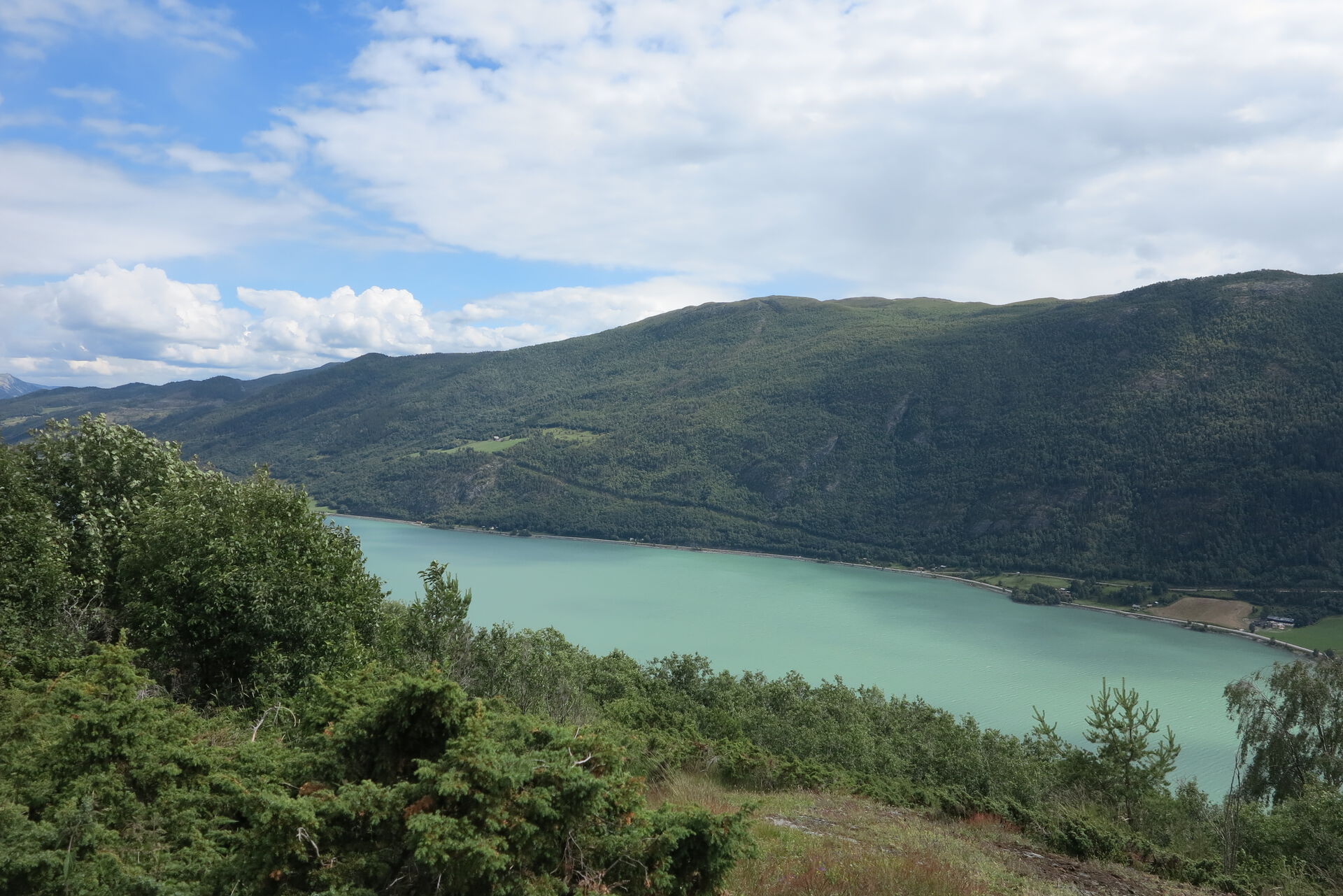De Wit and her collaborators investigated 69 Nordic headwater catchments between 2000 and 2018, spanning different climatic and environmental conditions. Both natural sites and sites impacted by agricultural and forest management were included, in order to make possible a comparison and a quantification of the drivers of nutrient flux. It turned out that forestry-impacted catchments leach significantly more nutrients than catchments with unmanaged forest.
In total, their results show that concentrations and fluxes of both nitrogen and phosphorus were highest in agricultural catchments, intermediate in forestry‐impacted and lowest in natural catchments.
Their results imply that an increased societal dependence on renewable biomass resources increases risks for poorer surface water quality. Also, the need for sufficient precautionary measures is highlighted, but mitigation to reduce phosphorus runoff could be more challenging than for nitrogen. Knowledge on catchment nutrient cycling is important in order to inform the debate on fertilization of forests.
The paper can be read here
